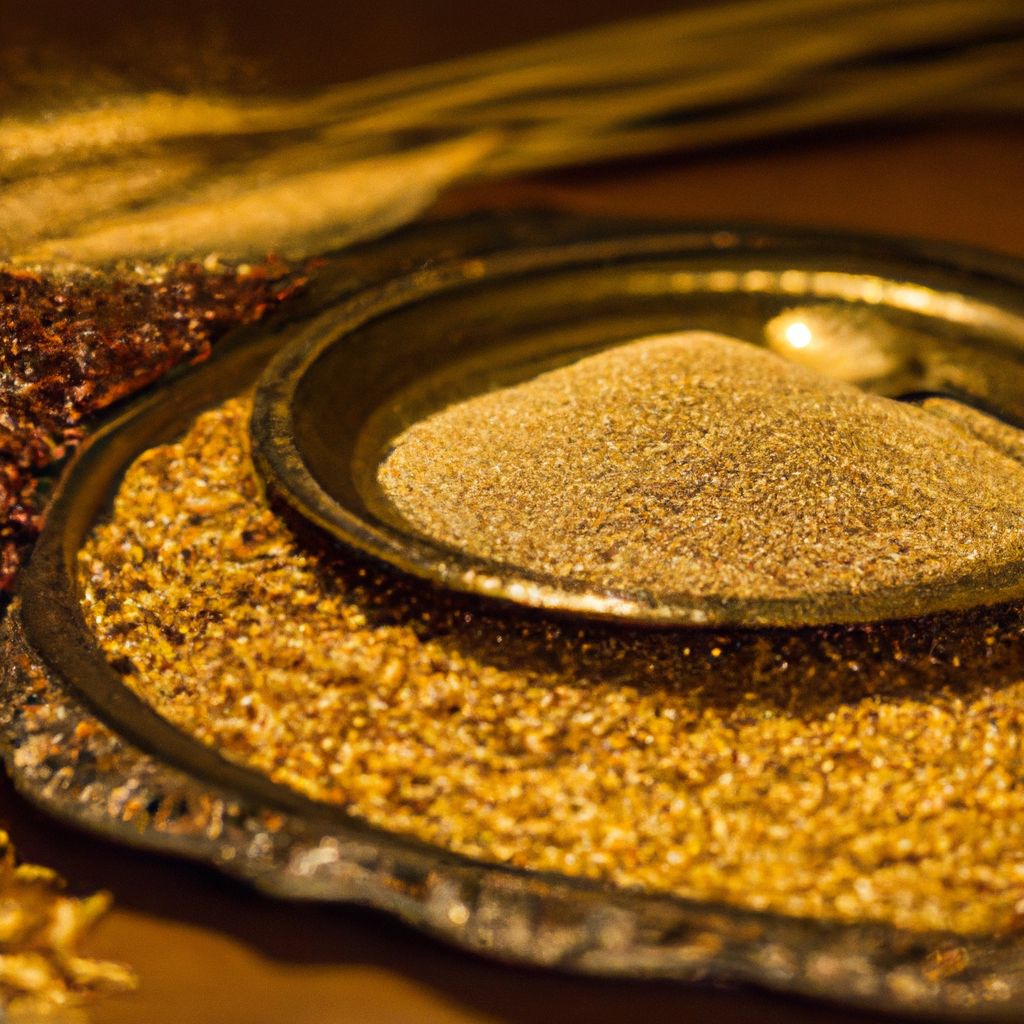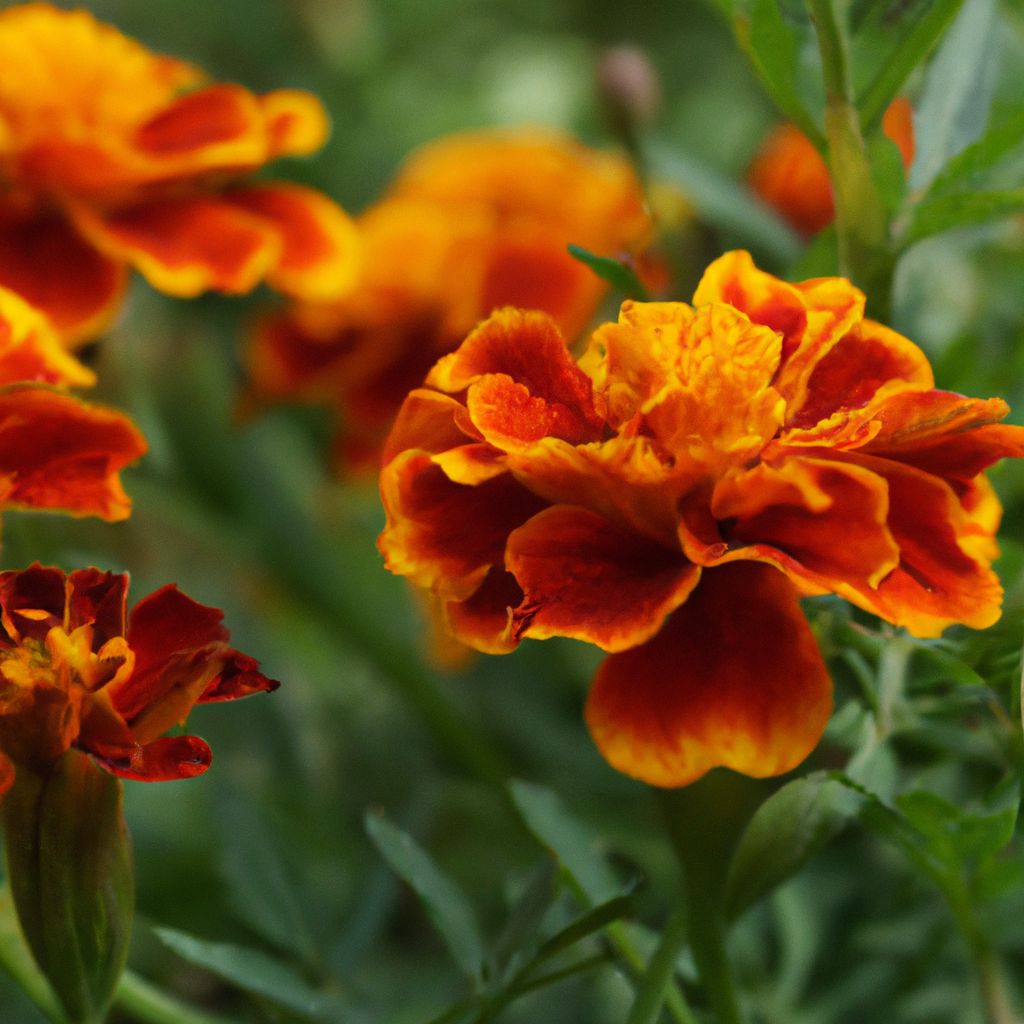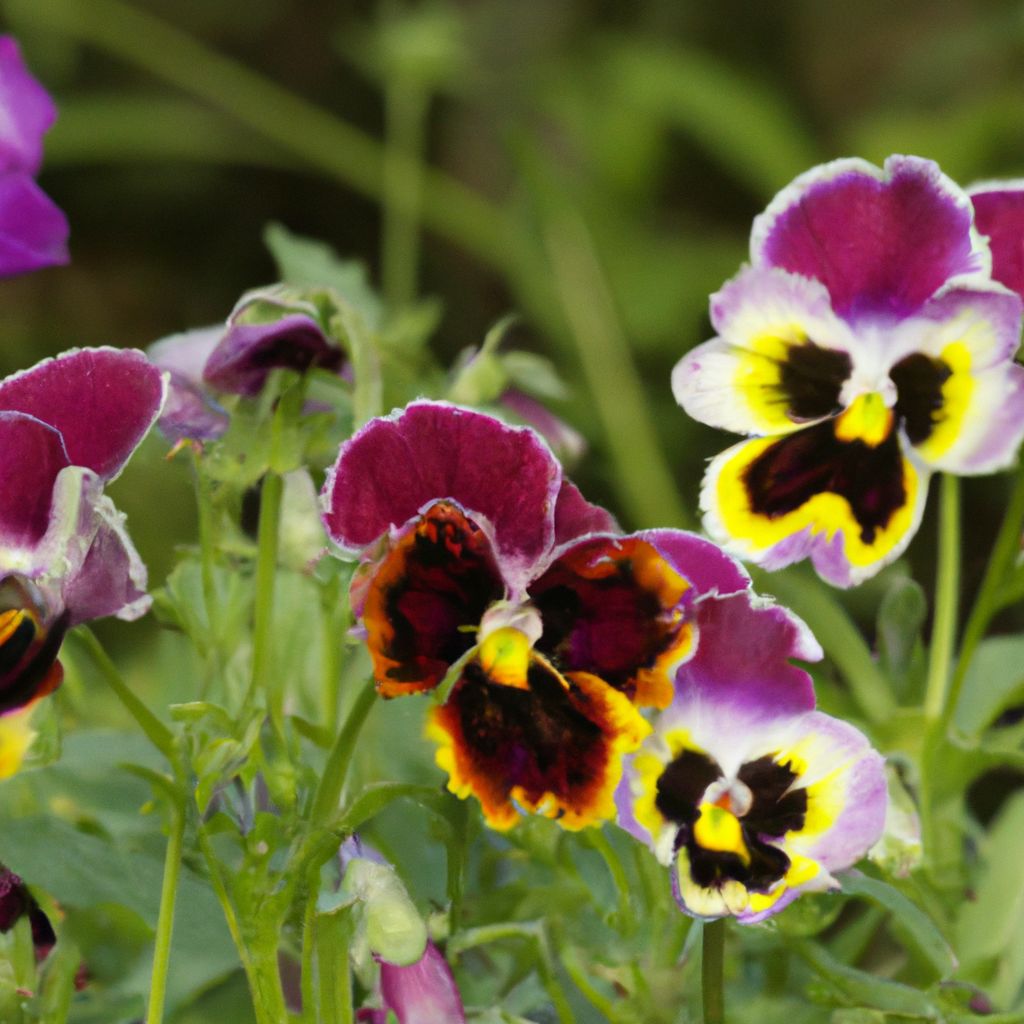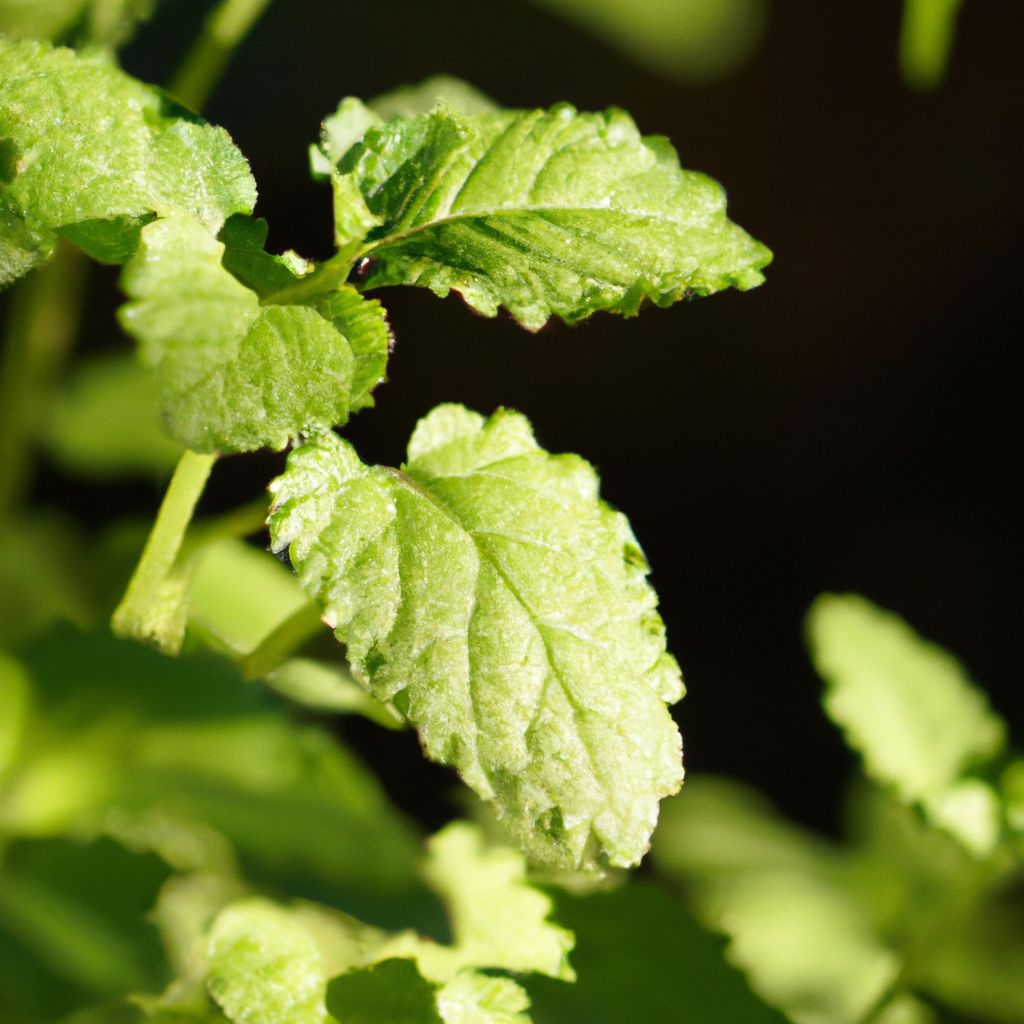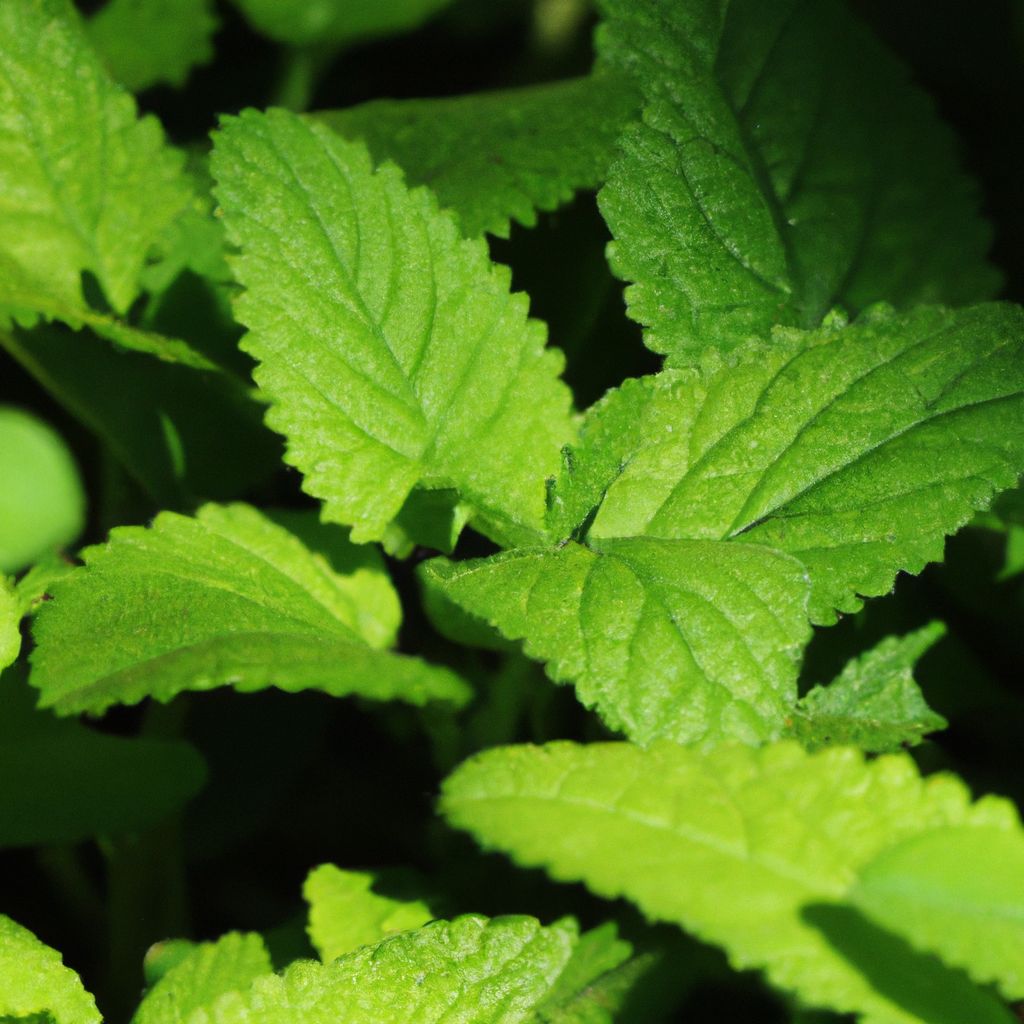Delve into the captivating world of grain farming and learn how to cultivate Central Asian grains, where ancient traditions intertwine with modern agricultural practices. Embark on a journey that not only nourishes the body but enriches the soul, celebrating a rich cultural heritage while promoting sustainable living.
The Allure of Cultivating Central Asian Grains
Rich Cultural Heritage
Immerse yourself in the flavors and traditions of Central Asian cuisine, revealing a tapestry of cultural heritage woven into every grain. The diverse culinary traditions of the region offer a delightful treasure trove of flavors and storytelling, reflecting its nomadic past and harmonious blending of ingredients and techniques.
From hearty lamb kebabs and plov (a flavorful rice dish) to delicate hand-pulled noodles and savory manti (steamed dumplings), each dish tells a unique story. Central Asian cuisine is renowned for its vibrant use of spices and herbs, creating a symphony of tastes that awaken the palate and transport one to the heart of the ancient Silk Road.
The traditions surrounding Central Asian cuisine are deeply rooted in community and hospitality, with the cherished practice of sharing meals with family and friends, and serving large portions to ensure no one goes hungry. This sense of togetherness and generosity is woven into the fabric of Central Asian culture, making every culinary experience a celebration of unity and warmth.
Nutritional Benefits
Beyond the cultural richness, Central Asian grains offer a wealth of health advantages that make them a valuable addition to a balanced diet. These grains are packed with essential nutrients, providing a significant boost to overall well-being.
- Fiber-Rich: Central Asian grains like buckwheat and millet contain high amounts of dietary fiber, aiding digestion, promoting a healthy gut, and regulating blood sugar levels.
- Abundant Vitamins and Minerals: From niacin and thiamine to magnesium and iron, these grains are a treasure trove of vital vitamins and minerals essential for optimal bodily functions.
- Antioxidant Powerhouses: Antioxidants found in Central Asian grains help protect the body against harmful free radicals, reducing the risk of chronic diseases and promoting overall wellness.
- Low in Fat and Cholesterol: Incorporating Central Asian grains into your diet can contribute to maintaining a healthy weight and reducing the risk of heart disease, thanks to their low-fat and cholesterol content.
By exploring traditional recipes and creating your own unique flavor combinations, you can experience the cultural richness of Central Asian cuisine firsthand, while nourishing your body with the exceptional nutritional value of these grains.
Getting Started
Ready to embark on a journey of cultivating Central Asian grains? Let’s delve into the initial steps of this exciting endeavor.
Selecting the Right Grains
Identify the best Central Asian grain varieties suited for your climate and soil conditions. Each grain has specific requirements, so choose those that thrive in your region. Consider the following factors when selecting the perfect grains:
- Climate: Assess your local climate conditions, such as temperature range, rainfall patterns, and growing seasons.
- Soil Type: Different grains prefer different soil types, ranging from well-drained sandy or loamy soils to clayey soils with good water retention.
- Water Availability: Ensure adequate water resources for irrigation, as some grains may require more water than others.
- Pest Resistance: Research grain varieties known for their resistance to common pests in your area.
- Local Preferences: Consider the culinary traditions and preferences of your local community when choosing grain varieties.
Some popular Central Asian grain varieties include wheat, barley, rice, and millets like proso and foxtail millet.
Preparing the Soil
Ensuring optimal soil conditions is crucial for the successful growth of Central Asian grains. Follow these steps to prepare your soil:
- Test Soil pH: Use a soil testing kit to determine the pH level of your soil. Central Asian grains prefer slightly acidic to neutral conditions, with a pH range of 6.0 to 7.5.
- Improve Drainage: Central Asian grains thrive in well-drained soil. If your soil has poor drainage, amend it with organic matter or sand to improve its structure.
- Enhance Fertility: Conduct a soil analysis to identify any nutrient deficiencies. Incorporate organic fertilizers or compost to replenish the soil with essential nutrients.
- Manage Moisture: Central Asian grains require consistent moisture but should not be overwatered. Implement proper irrigation techniques or consider using mulch to maintain optimal soil moisture levels.
- Control Weeds: Start with a weed-free soil by removing any existing weeds manually or through organic herbicides.
Planting and Germination
Master the recommended planting techniques for each specific grain variety. Pay attention to factors like seed depth, spacing, and timing. Here are some general guidelines:
- Sowing Depth: Most Central Asian grains should be sown at a depth of 1-2 inches, depending on the variety.
- Spacing: Proper spacing between seeds and rows is essential for optimal growth. Refer to specific recommendations for each grain type.
- Planting Time: Timing is crucial for successful germination. Plant your grains during the appropriate season, considering the climate and soil temperature requirements.
- Germination Conditions: Provide the necessary conditions for germination, such as adequate moisture and temperature. Protect your crops from extreme weather conditions during this delicate stage.
Caring for Your Crops
Nurturing your Central Asian grains requires diligent care and attention. Let’s explore the key aspects of ensuring their healthy growth and bountiful harvest.
Watering and Irrigation
Providing the appropriate moisture levels is vital for the successful cultivation of Central Asian grains. Follow these guidelines:
- Understand Water Needs: Different grain varieties have varying water requirements. Research the specific needs of the grains you are cultivating.
- Monitor Soil Moisture: Regularly check the moisture levels in the soil using a moisture meter or by digging a small hole to examine the soil’s consistency.
- Establish a Watering Schedule: Develop a consistent watering schedule based on the water needs of your grains and the climate conditions.
- Choose Suitable Irrigation Methods: Select the most appropriate irrigation method for your cultivation area, such as sprinklers, drip irrigation, or furrow irrigation.
- Water at the Right Time: Water your crops during the cooler periods of the day, such as early morning or evening, to minimize evaporation and maximize water absorption.
- Avoid Water Stress: Monitor your plants for signs of water stress, such as wilting or discolored leaves, and adjust your irrigation schedule accordingly.
- Implement Conservation Practices: Use mulch or organic matter to retain moisture in the soil and reduce water loss through evaporation.
Fertilization
Understand the nutrient requirements of Central Asian grains to ensure optimal growth and yield. Follow these guidelines:
- Nitrogen: Incorporate nitrogen-rich fertilizers, such as ammonium nitrate or urea, to support leaf and stem growth.
- Phosphorus: Apply phosphorus-rich amendments, like superphosphate or bone meal, to promote root development and energy transfer within the plants.
- Potassium: Use potassium-rich sources, such as potassium sulfate or potassium chloride, to aid plant metabolism and disease resistance.
- Micronutrients: Provide trace amounts of micronutrients like iron, manganese, and zinc through micronutrient fertilizers or by adding organic matter amendments to the soil.
- Soil Testing: Conduct regular soil tests to tailor your fertilization approach to the specific needs of your crops.
- Follow Application Rates: Carefully follow the recommended application rates and timing for fertilization to avoid negative impacts on plant growth and yield.
Weed and Pest Control
Protect your crops from harmful weeds and pests by implementing the following strategies:
- Identify Threats: Regularly assess your crops for signs of weed growth and pest infestation. Familiarize yourself with common weeds and pests that affect Central Asian grains in your area.
- Preventive Measures: Employ proactive techniques to minimize weed growth and pest damage, such as maintaining proper plant spacing, regular irrigation, and providing adequate nutrients to promote strong plant growth.
- Natural Remedies: Consider environmentally friendly methods to control weeds and pests, such as using organic pesticides (e.g., neem oil or insecticidal soaps) and manual removal of weeds.
- Crop Rotation: Implement crop rotation practices to prevent the buildup of specific pests and weeds. By alternating the types of crops you cultivate in specific areas, you can disrupt the life cycles of pests and reduce the likelihood of weed growth.
- Monitoring and Action: Regularly inspect your crops for any signs of weed growth or pest infestation. Take prompt action by manually removing weeds and applying appropriate pest control measures when necessary.
Harvesting Techniques
Maximize your yield and quality by utilizing proper harvesting methods. Follow these guidelines:
- Timing: Harvest your grains when they have reached full maturity, but before they begin to shatter or drop seeds. Look for signs of readiness, such as the grains becoming hard and the stalks turning yellow or brown.
- Cutting and Bundling: Cut the grain stalks close to the ground using sharp scythes or sickles. Bundle the cut stalks into sheaves to facilitate handling and transportation.
- Threshing: Separate the grains from the straw through traditional methods like beating the sheaves or by using mechanical threshing machines. This step is essential for removing the inedible parts of the plant.
- Winnowing: Utilize the wind or tools like fans to separate the lighter chaff from the heavier grains. This process aids in cleaning the grains and enhancing their quality.
- Drying: Spread the grains out in a thin layer and allow them to thoroughly dry. Adequate drying is crucial as it prevents the growth of mold and ensures a longer shelf life for your grains.
- Storage: Once completely dry, store the grains in appropriate containers, such as clean and airtight bins or sacks. Proper storage protects the grains from moisture, pests, and other potential contaminants.
Grain Storage
Discover the best practices for storing Central Asian grains to maintain their freshness and quality for an extended period:
- Clean and Dry: Before storing, ensure that the grains are clean and free from any impurities or moisture. Thoroughly clean and dry the grains to prevent mold or insect infestation.
- Airtight Containers: Use airtight containers made of food-grade materials like glass jars or food-grade plastic containers to protect the grains from moisture, pests, and air exposure.
- Cool and Dark Location: Store the grains in a cool and dark place, as heat and sunlight can accelerate spoilage. A stable temperature is essential for preserving quality.
- Labeling: Properly label the containers with the type of grain and storage date to track freshness and ensure you use the oldest grains first.
- Regular Inspection: Regularly inspect the stored grains for any signs of spoilage, such as mold, insects, or unusual odors. Discard affected grains immediately.
- Rotate Stock: To maintain freshness, regularly rotate your grain stock. Use the oldest grains first and replenish with fresh ones for a constant supply.
Culinary Delights
Get ready to tantalize your taste buds with a culinary adventure through the rich flavors of Central Asian grains!
Traditional Central Asian Dishes
Explore authentic recipes that showcase Central Asian grains, such as:
- Lagman: A hearty noodle soup made with hand-pulled noodles and served with beef or lamb, vegetables, and spices. Lagman is a popular dish in Central Asian countries like Uzbekistan and Kyrgyzstan.
- Plov: A flavorful rice dish cooked with meat (usually lamb or beef), carrots, onions, and various spices. Plov is a staple dish in Central Asian cuisine and is enjoyed in countries like Uzbekistan, Tajikistan, and Kazakhstan.
- Manti: Steamed dumplings filled with ground meat (often lamb or beef), onions, and spices. Manti can be found throughout Central Asia and is commonly served with yogurt and tomato sauce.
- Samsa: Flaky pastries filled with spiced meat (typically lamb or beef) and onions. Samsa is a popular street food in Central Asian countries and is enjoyed as a snack or appetizer.
- Shashlik: Grilled skewers of marinated meat (usually lamb, beef, or chicken) cooked over an open flame. Shashlik is a beloved dish in Central Asia and is often served with bread, vegetables, and sauces.
Immerse yourself in the flavors of these traditional dishes, enjoyed for generations, and pair them with a refreshing glass of Central Asian grain-infused drinks like fermented horse milk (kumis) or hot green tea.
Modern and Fusion Creations
Unleash your creativity and experiment with modern and fusion creations using Central Asian grains. Here are some ideas to inspire you:
- Grain Salads: Create a Central Asian grain salad with a combination of quinoa, barley, and millet. Add your favorite vegetables, herbs, and a zesty vinaigrette for a refreshing and nutritious meal.
- Grain Bowls and Pancakes: Experiment with using Central Asian grains in unconventional dishes like grain bowls or grain-based pancakes. Mix in spices and flavors from different cuisines to add a unique twist.
- Baked Goods: Incorporate Central Asian grains into your baking adventures. Use flour made from buckwheat or amaranth to make delicious and wholesome bread, muffins, or cookies.
- Smoothies and Drinks: Blend Central Asian grains into smoothies for a healthy and filling drink. Combine cooked grains with fruits, yogurt, and a splash of milk for a satisfying and nutritious on-the-go option.
- Unexpected Flavor Combinations: Don’t be afraid to mix and match Central Asian grains with other ingredients to create your own signature dishes. Combine them with seafood, tofu, or even chocolate for unexpected and delicious flavor combinations.
Remember, when experimenting with Central Asian grain recipes, keep in mind that different grains have varying cooking times and textures. Adjust your cooking methods accordingly to achieve the desired results.
Live a Flavorful Life With Central Asian Grains
Cultivating Central Asian grains is a journey that not only nourishes the body but also enriches the soul. By embracing the rich cultural heritage and harnessing the incredible nutritional benefits of these grains, you open the door to a world of culinary delights and well-being. Embark on this rewarding adventure, and let the flavors and traditions of Central Asia guide you toward a more fulfilling and flavorful life.











































